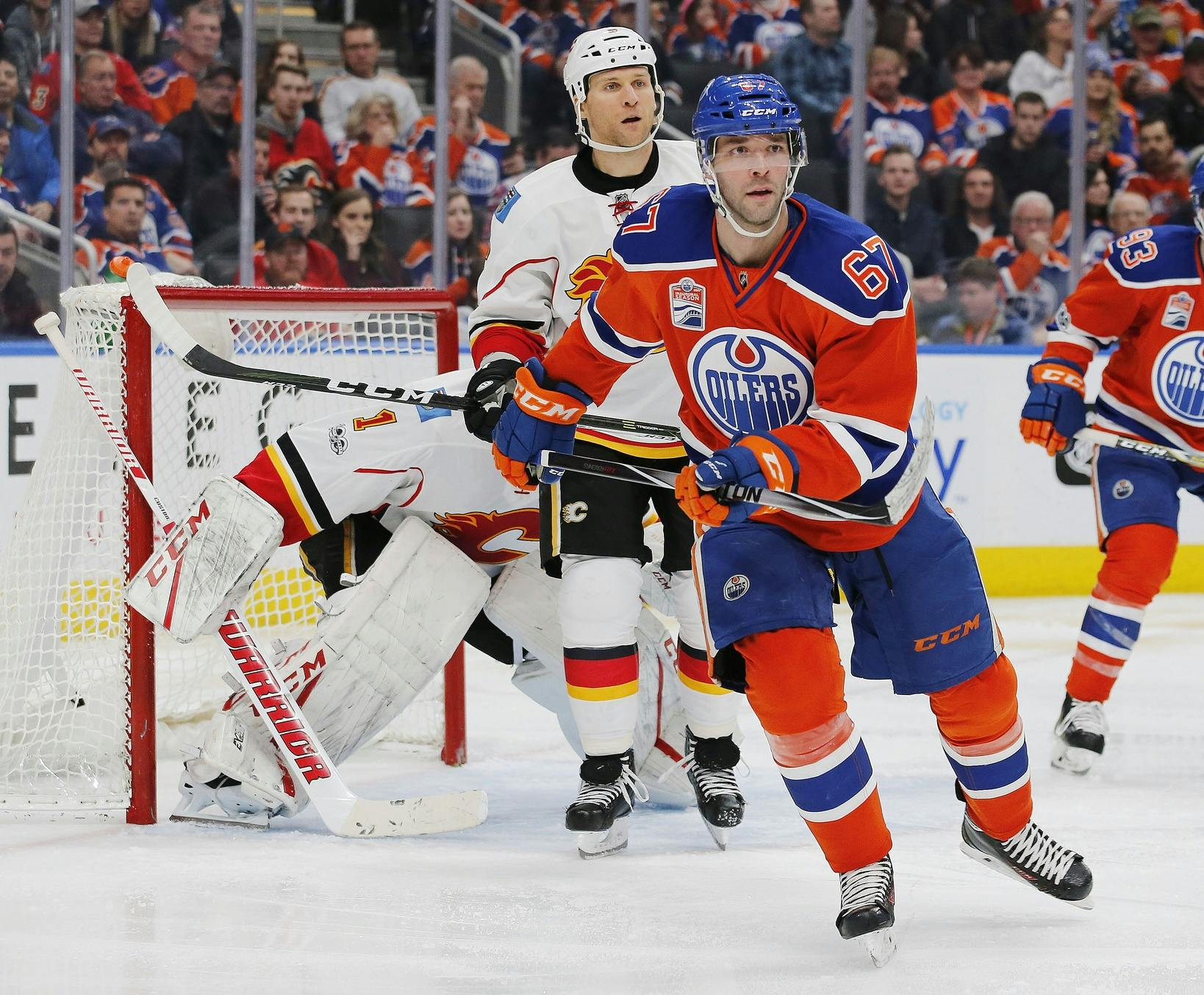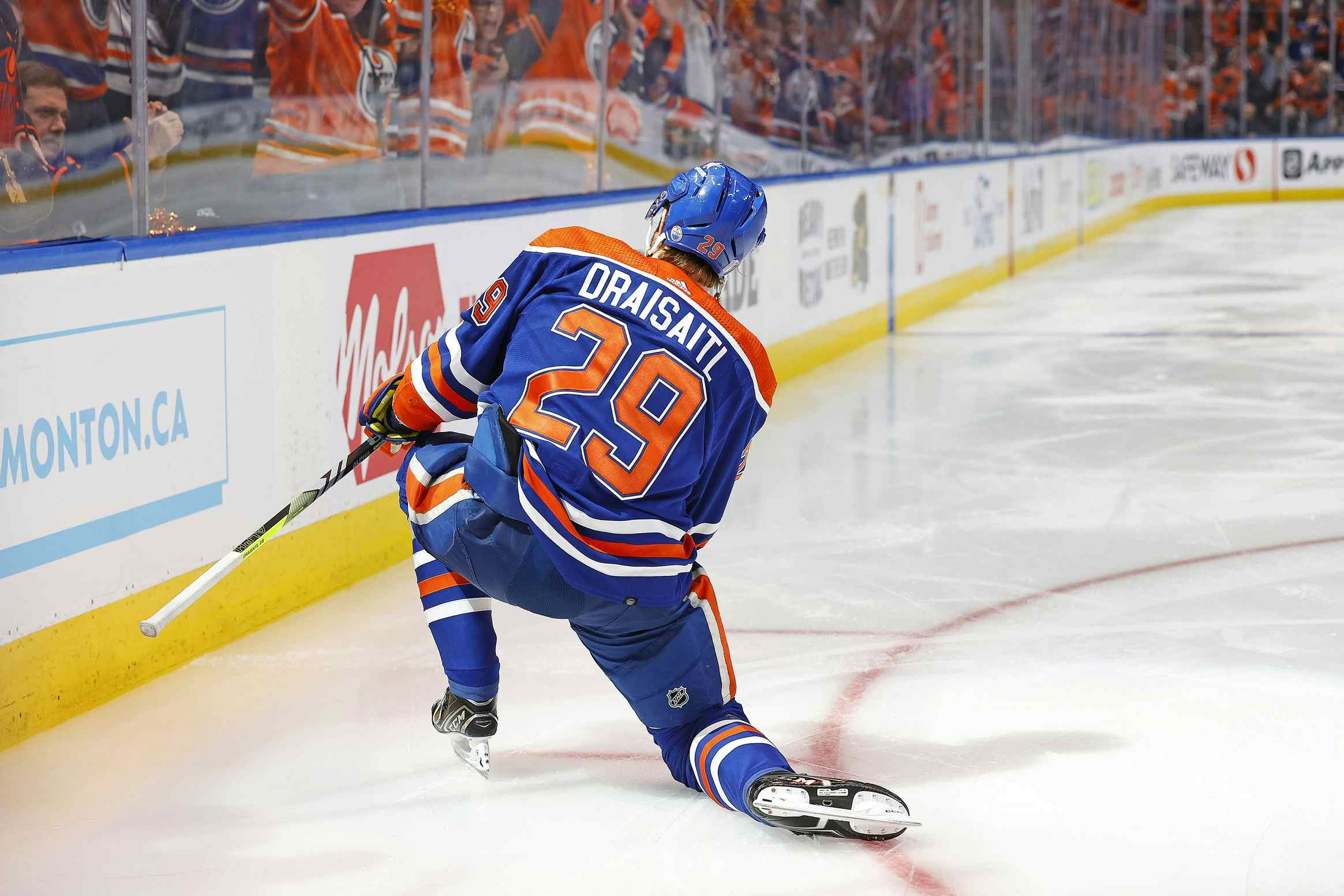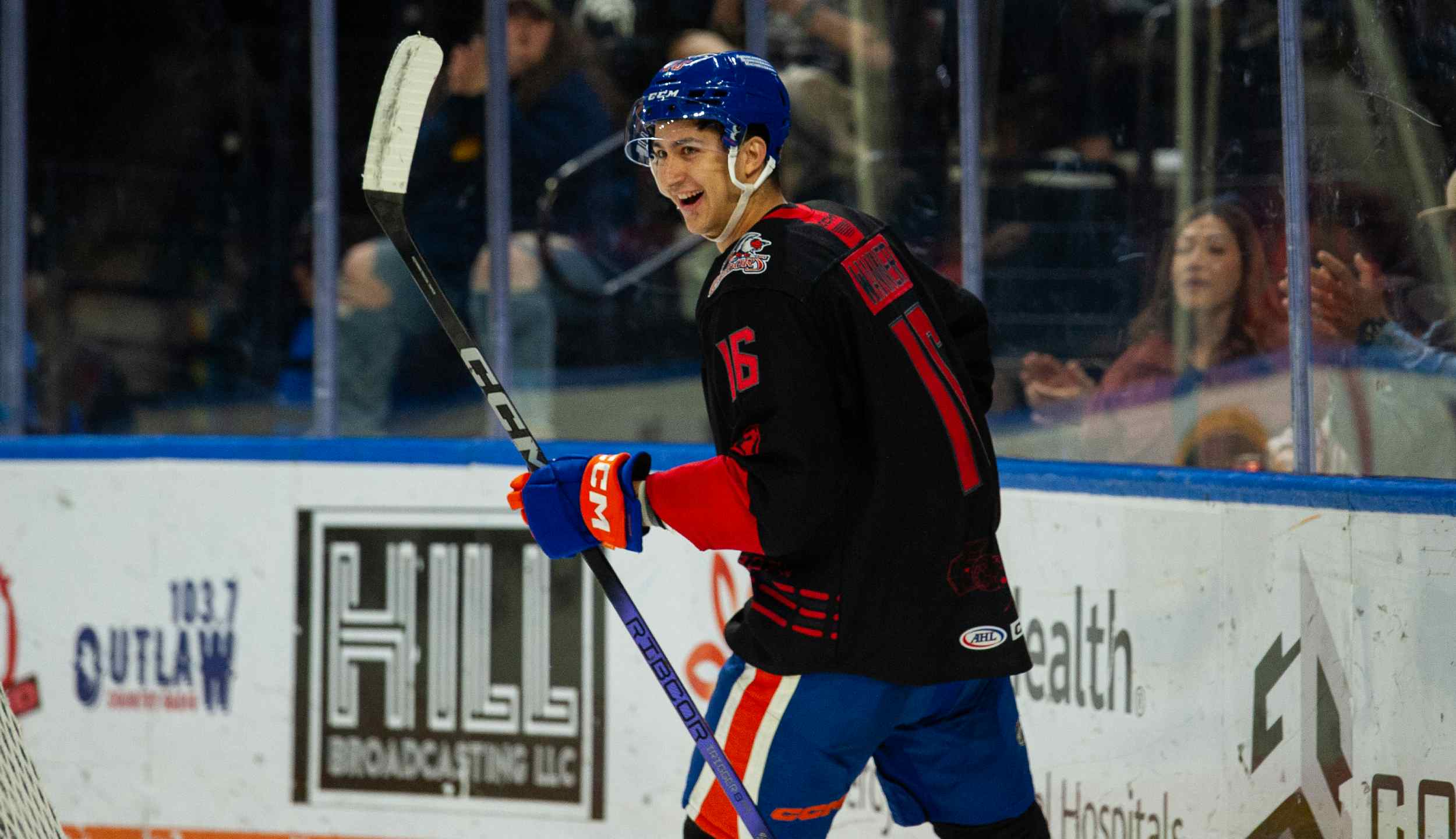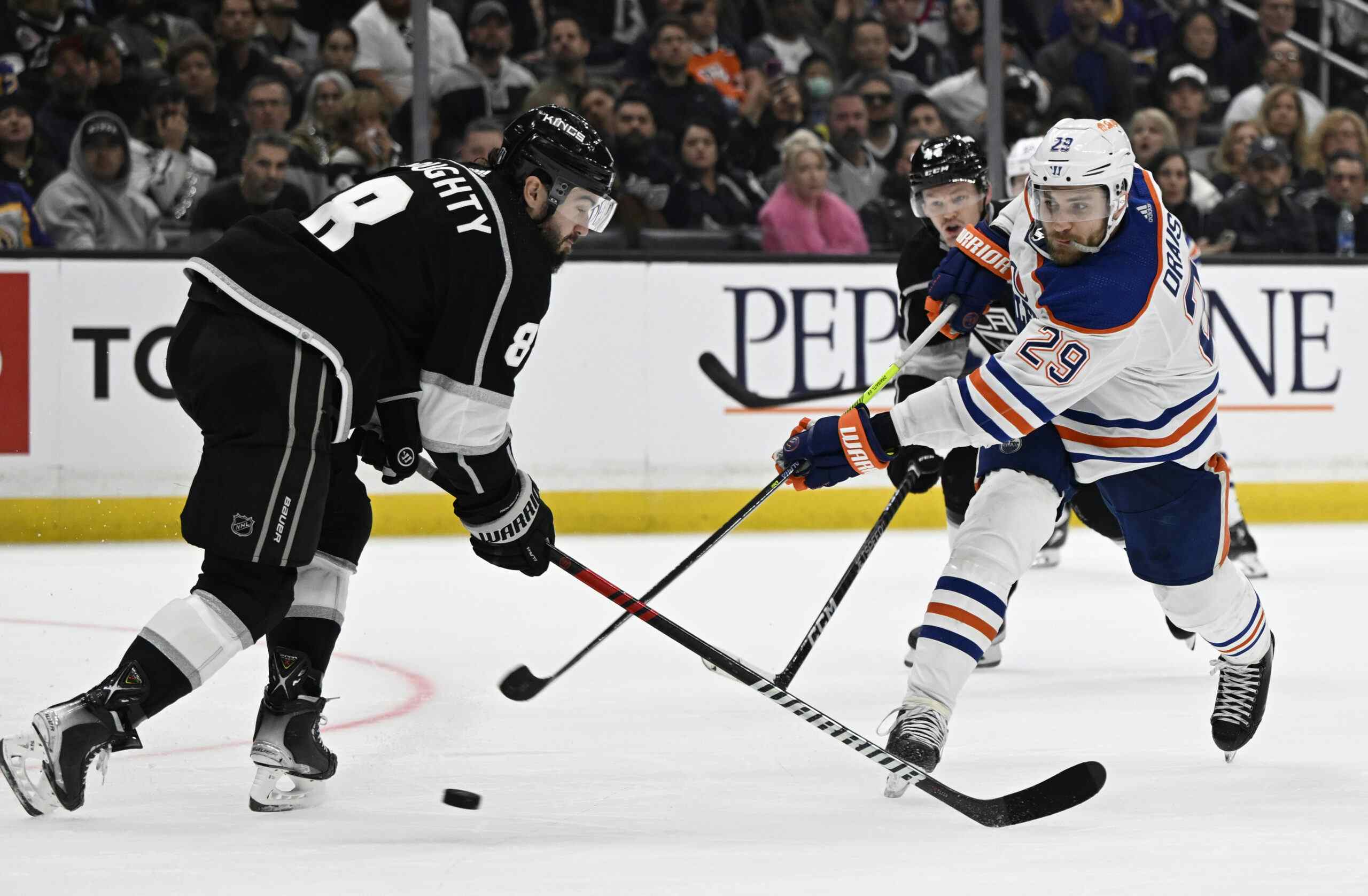The Oilers have found a legitimate replacement for Benoit Pouliot, who played his way off the team

2016-17 Edmonton Oilers: No. 67 LW Benoit Pouliot
I should start by saying that I’m a fan of Benoit Pouliot as a player. I like his speed, his offensive ability, his (when he’s playing well) physical game and to some degree I can live with dumb offensive zone penalties as the cost of doing business. I thought he had two excellent years for the Edmonton Oilers.
This, though, is a review of 2016-17. And in 2016-17, Pouliot stunk.
There are lots of ways to express that truth. One of them is with scoring rates, specifically 5-on-5 points/hour. This chart contrast Pouliot this season with the three worst Oilers forwards and with his performance the last two years:
| Player | Points | TOI | PTS/60 |
| Pouliot, 2015-16 | 24 | 701 | 2.05 |
| Pouliot, 2014-15 | 24 | 746 | 1.93 |
| Milan Lucic | 23 | 1135 | 1.22 |
| Matt Hendricks | 7 | 378 | 1.11 |
| Pouliot, 2016-17 | 14 | 780 | 1.08 |
| Drake Caggiula | 11 | 634 | 1.04 |
Pouliot’s personal scoring rate in 2016-17 was basically half of what it had been in each of the last two years. He trailed Milan Lucic, whose freak year at even-strength we’ve already covered. He trailed Matt Hendricks, a pure defensive specialist in the twilight of his career. He narrowly outscored Drake Caggiula, the rookie centre coming off a preseason injury who was thrown into a third-line centre role he wasn’t nearly ready for.
Nor is there much comfort in the underlying numbers. Pouliot’s shot rate this year was his worst since 2009 – not only was he not scoring, but he wasn’t getting shots, either. His physical game has evaporated, too; in his first year with the Oilers, Pouliot had 71 hits in 58 games; last year he played nine more games and had 32 fewer hits.
In fairness to Pouliot, things could have been worse. Edmonton’s opponents didn’t generate a whole lot when he was on the ice, either. He played an important and underrated role on the penalty kill, particularly in the postseason. While Zack Kassian was justly lauded for his work on the PK, Pouliot played more minutes and the team had better results when he was on the ice than it did with Kassian out there.
Nevertheless, those marginal victories don’t count for a lot when the player in question is being paid to score and isn’t doing so. For a player who entered the season needing to win over his coach and GM, that lack of offence was lethal and led to Pouliot’s buyout.
I like Buffalo’s cheap bet on Pouliot. If Pouliot doesn’t rebound, he’ll be a depth guy paid like a depth guy; if he does rebound, it’s a value contract. His chances of coming around are probably better on a new team, a team where the new management actually went out and got him, rather than inheriting him from the last group.
Edmonton, meanwhile, is making a similar bet on newcomer Jussi Jokinen, who will inherit much of Pouliot’s role and minutes. Jokinen, like Pouliot, joins the team after a difficult year in which his 5v5 scoring collapsed, and like Pouliot can handle multiple roles, including the penalty kill. Perhaps crucially, he comes with Peter Chiarelli’s stamp of approval, a legitimacy that Pouliot lacked even when he was playing well.
Bottom line: Pouliot played his way out of Edmonton last season, and will be replaced by the older but very comparable Jussi Jokinen on the Oilers’ roster.
Previous year-end reviews:
- Centre: Leon Draisaitl, Mark Letestu, Drake Caggiula, David Desharnais, Anton Lander
- Left Wing: Milan Lucic, Patrick Maroon, Matt Hendricks, Jujhar Khaira
- Right Wing: Jordan Eberle, Zack Kassian, Tyler Pitlick, Iiro Pakarinen
- Left Defence: Andrej Sekera, Darnell Nurse, Griffin Reinhart
- Right Defence: Adam Larsson, Kris Russell, Eric Gryba, Mark Fayne
- Goal: Cam Talbot, Laurent Brossoit, Jonas Gustavsson
Recent articles from Jonathan Willis





